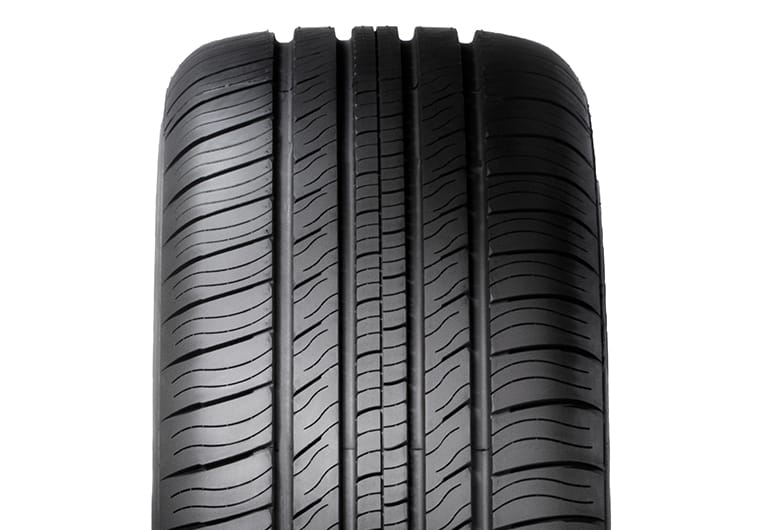What type of fitment do you have?
Search by vehicle:
Search by size:
There any many brands and patterns of tires available today. So how do you know that you are choosing the tires suitable for your driving needs?
Generally, tire patterns can be differentiated into 3 categories. The Directional pattern, also known as Unidirectional, the Non-Directional pattern, also known as symmetric, and the Asymmetric pattern.
All three categories of tire patterns have different characteristics to provide for different needs of drivers.
Directional pattern tires have lateral grooves on both side of the tire which points in the same direction. It is usually in a "V-shaped" pattern.
Features:
Suitable for: Drivers who want to have high speed performance level of the tire.

Non-directional pattern tires have tread pattern that usually has a continuous rib design or blocks which has the same features on both inside and outside tread face of the tire. It is normally in a "wave-like" pattern
Features:
Suitable for: Drivers who want to have a comfortable and quiet drive.

Asymmetric pattern tires have unique patterns differing on both sides of the tire tread. The outer tread area of the tire usually has larger grooves to disperse water to increase wet handling, while the inside tread area usually has smaller grooves to increase contact area with the road.
Features:
Suitable for: Drivers who want tires with high performance capabilities.

What type of fitment do you have?
Search by vehicle:
Search by size:
© GT Radial. All Rights Reserved.